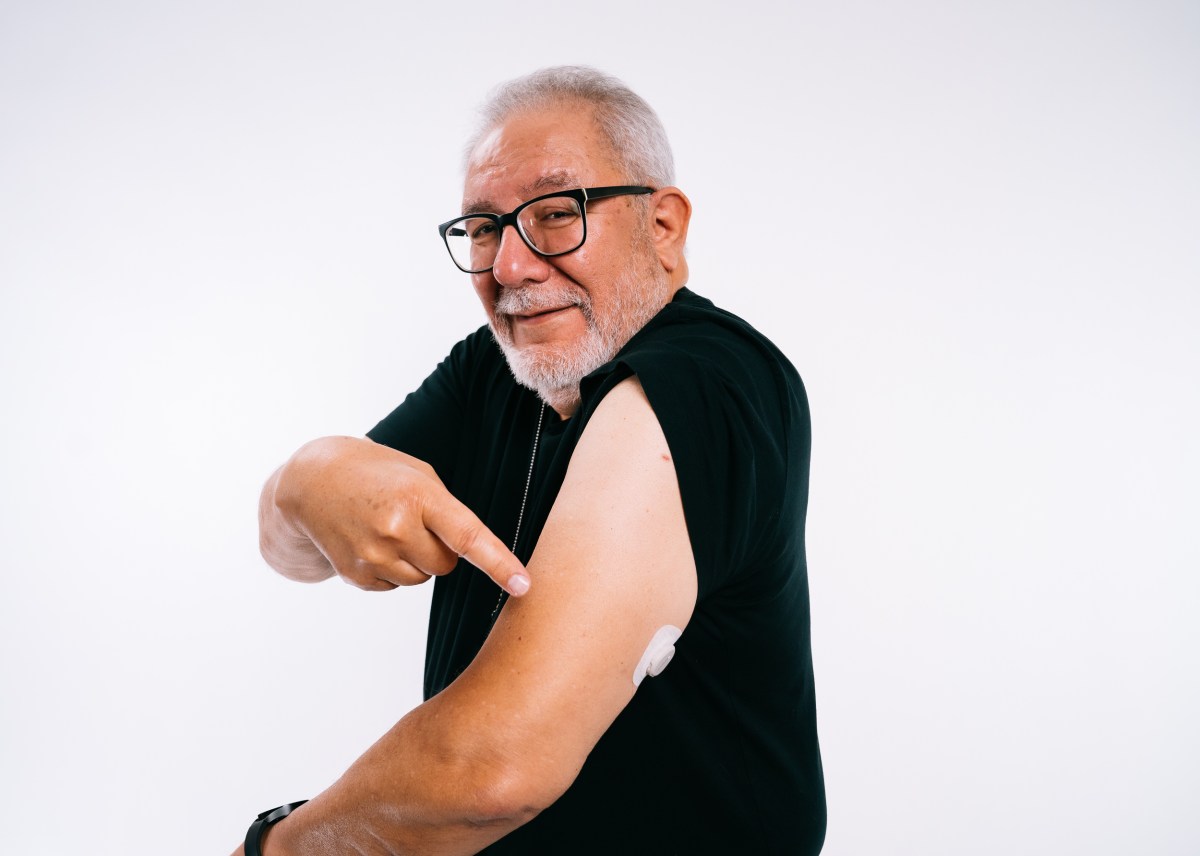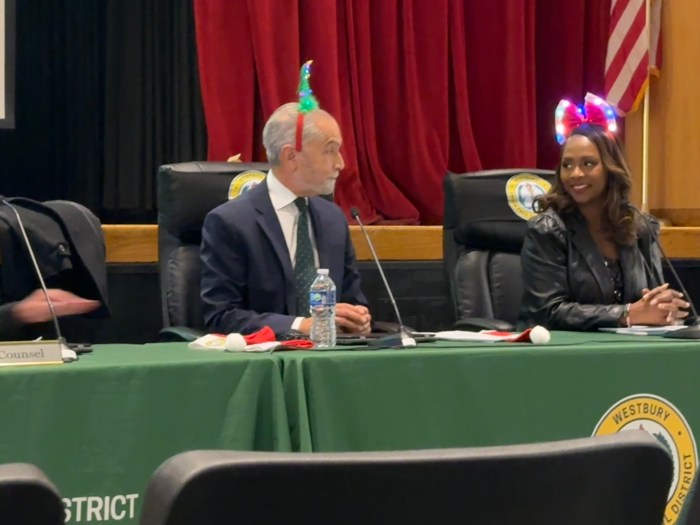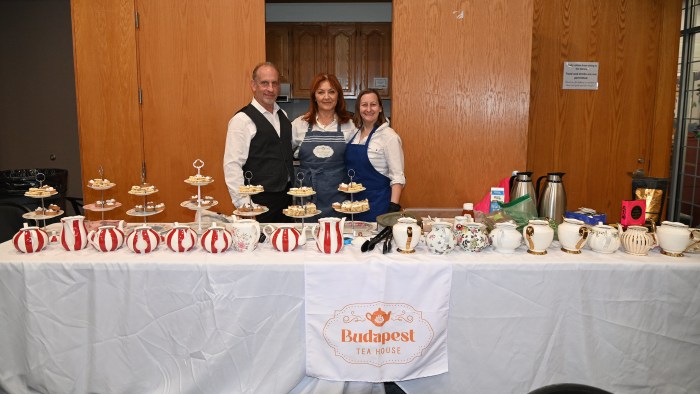David Padilla, 77, a Westbury resident, has been living with type 2 diabetes for over 40 years and continues to live life to the fullest with the help of his Dexcom G7 Continuous Glucose Monitor.
“I call my G7 my second life partner because it is always on me,” Padilla said. “I’ve got my wife who’s always with me and then I got my G7, which is always on me, and those two partners make my life a happy place to be.”
Padilla’s journey with diabetes began when his brother-in-law encouraged him to take a finger stick blood test, which led to his diagnosis. After years of managing his condition, Padilla’s life changed significantly after receiving the monitor. The constant glucose readings provide “peace of mind,” giving him more freedom and control of his health.
Padilla noticed something was wrong with his health when he became dizzy and weak at work about four decades ago. After a chat with one of his diabetic co-workers, Padilla learned that his symptoms closely aligned with hers.
“I said, ‘I have those symptoms’,” Padilla said. “I went to the doctor and he said I have type 2 diabetes.”
Padilla’s doctor told him to cut back on sugar and desserts. As a self-proclaimed “foodie,” Padilla said this devastated him.
“The only way to treat this disease was with a fingerstick to see what your blood sugar is and then figure out what to eat,” Padilla said. “I was depressed and wasn’t happy with this situation.”
Padilla said he didn’t understand how important it was to pay attention to his glucose levels acutely and this led to his having three heart attacks and heart disease. Padilla became much more serious about dealing with his disease and started seeing a dietician so he could learn what to eat as a diabetic.
“And I told her, ‘by the way, I also have heart disease,’ and she said, ‘this is how you eat if you have heart disease.’ But I told her that those two things don’t go together and if I do this, it will make my heart worse,” Padilla said. “And this was the first 20 years of my life fighting diabetes.”
Padilla said he likes to go out to eat and try new restaurants with friends, and he does not want to continue using fingerstick tests in public. After joining a trial for a type of insulin that was supposed to be long-lasting, Padilla expressed his frustrations to his doctors and they recommended the Dexcom monitor.
In the beginning of his “Dexcom journey,” Padilla received a Dexcom One senor. The senor tracked his glycohemoglobin and hemoglobin via an A1C test. For a non-diabetic person, A1C is between 4% and 6% for a person who does not have diabetes. However, for Padilla, it was around 11.75%.
“With Dexcom, I was able to bring it down to an 8.75%,” Padilla said. “So that was a big step and I was feeling much better, but still depressed because it didn’t really change what I could eat. It just let me know what’s going on.”
Padilla said that looking at the readings every five minutes tells him whether his sugar is going up or down. He used this data to begin managing his diabetes, which was his “real revelation of Dexcom.”
“It helped me figure our what kind of foods were not good for me and what foods were bad for me and that really changed my attitude from depression to realizing that I can eat anything I want in moderation,” Padilla said.
Padilla said he tested this out by eating a few pieces of chocolate cake and monitoring what happens to his glucose levels. He said this taught him how to manage what to eat.
“My wife was so excited and she said that I am such a happy person now and I said that I can have anything I want to eat in moderation and I can almost immediately see what happens to my glucose,” Padilla said.
As a U.S. Navy veteran, Padilla said he learned discipline and he was able to apply this to his management of his diabetes.
Padilla’s daughter told him a year ago that she’s pregnant and he immediately went to his cardiologist and told her, “I need another 15, 20 years here.” Padilla said he was worried to pick up his grandson because of issues with his heart, diabetes, balance and neuropathy.
“So I made up my mind that if I’m going to be around for another 15 or 20 years, then it’s going to be because of what I do and not what anybody else is going to do for me,” Padilla said.
Padilla started writing down goals on how to continue to stay healthy, including getting his A1C level down from 8.1% to 7.5%, making an effort to walk every day and sharing food with his wife.
“I’m excited because I see the horizon moved way back from me,” Padilla said.
Padilla said “we diabetics can do this” and diabetics can be happy, without denying themselves of anything.































